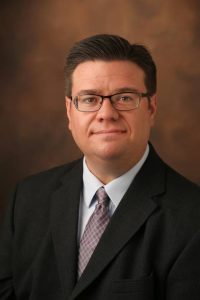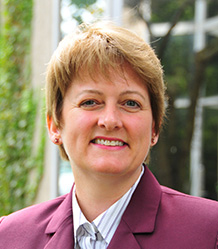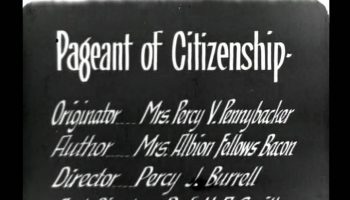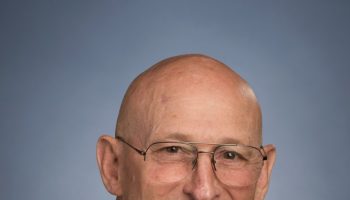Americans in the 19th century were part of a historic experiment in democracy that, at least in theory, celebrated the virtues of equality and opportunity as the apex of human achievement. But there remained a vast cultural chasm between wealthy, educated people and everyone else.
High culture — philosophical discourse, literature, music and art — was denied to entire groups because of race, sex, ethnicity or economic standing. Cultural transmission, such as it was, was a top-down affair.

“There were very, very few college-educated people,’’ said Paul Stob, an associate professor of communication studies at Vanderbilt University. “College was an incredibly exclusive club, really until after World War II and the GI Bill.”
In the parlors of private homes, at opera houses and even at clearings in the woods along the frontier, Americans gathered to pursue knowledge and understanding on their own.
“People wanted to get together to talk about big ideas, to listen to music, to see a drama,” Stob said. “The impulse was democratic. More and more people wanted to talk about what it means to be human.”

At 3:30 p.m. Tuesday, Aug. 7, in the Hall of Philosophy, Stob and Angela G. Ray, an associate professor of communications studies at Northwestern University and associate dean for academic affairs at the university’s graduate school, will discuss “Thinking Together: Lecturing, Learning & Difference in the Long 19th Century,” as part of the Oliver Archives Heritage Lecture Series.
Ray and Stob, both of whom study 19th-century rhetoric, history and culture in the United States, are the co-editors of a new book by that same name. In it, academic experts look at various forms of what the authors call “performance platforms,” various ways communities satiated the hunger for education and culture.
These were not for vocational purposes, not for a better job or professional advancement,” Stob said. “It was education for education’s sake — a chance to ponder the world together.”
If this sounds familiar to Chautauquans, it’s because Chautauqua Institution itself grew out the lyceum and camp meeting movements that exemplified such performance platforms.
And Chautauqua is just one example. By the 1830s, a new communitarian education movement was taking shape.
In Liberia, free blacks, who had been enticed or pushed to settle and colonize a section of West Africa, established their own nation from scratch using these principles.
“How do you start a new society, a new civilization?” Stob asked. “They didn’t know that place. They had to adapt to a whole new world, and they used what they knew to reproduce a civic society based on American ideas.”
During the Civil War, Union inmates at Libby Prison in Richmond, Virginia, created their own lyceum and discussed through impromptu lectures and a handwritten newspaper not just the war and their own dire straits, but news of home and even poetry, Stob said.
After the Civil War, middle-class white women took to performance platforms for dramatic readings, establishing a lecture circuit that lasted for decades. A superstar of this phenomenon was Gertrude Kellogg, who read sections of classical literature and drama interspersed with light-hearted doggerel.
“It was an outlet for women who wanted a life on a public platform but were blocked from other paths,” Stob said. “It was a legitimate way for a woman to make a living.”
Another star was Amy Fay, a pianist who combined short lectures on music with her own performances that she called “piano conversations.” It was a form of popular entertainment later popularized again in the 20th century by Victor Borge and Leonard Bernstein. Fay studied at the New England Conservatory and under Franz Liszt in Europe, but was not considered a world-class player.
“Critics dismissed her act as hogwash, but the public loved it,” Stob said. “She was warned at one point not to perform on the Lower East Side of New York because it was considered an immigrant ghetto. People said, ‘Don’t go!,’but the audience loved her.”
Entertainers were not the only ones who came to fame on the platforms.
The Hindu monk Swami Vivekananda arrived uninvited to the World’s Parliament of Religions at the Chicago World’s Fair in 1893 and became an instant sensation. He introduced Americans to Eastern religious traditions, including yoga and vedanta and popularized the Upanishads and the Bhagavad Gita in lectures across the country. Audiences loved it. He lectured all across the country.
Toward the turn of the century, the performance/ lecture movement began to recede into the background, replaced by baseball, vaudeville and the advent of motion pictures and radio, Stob said.
Vestiges remain in such venues as Chautauqua, TED Talks and literary programs like those at the 92nd Street Y in New York. One example of the genre’s longevity is still a regular feature of community cultural life.
“An author shows up at a local bookstore to read and sign and discuss a book before a group of people,” Stob said. “That’s an echo of performance culture today.”




